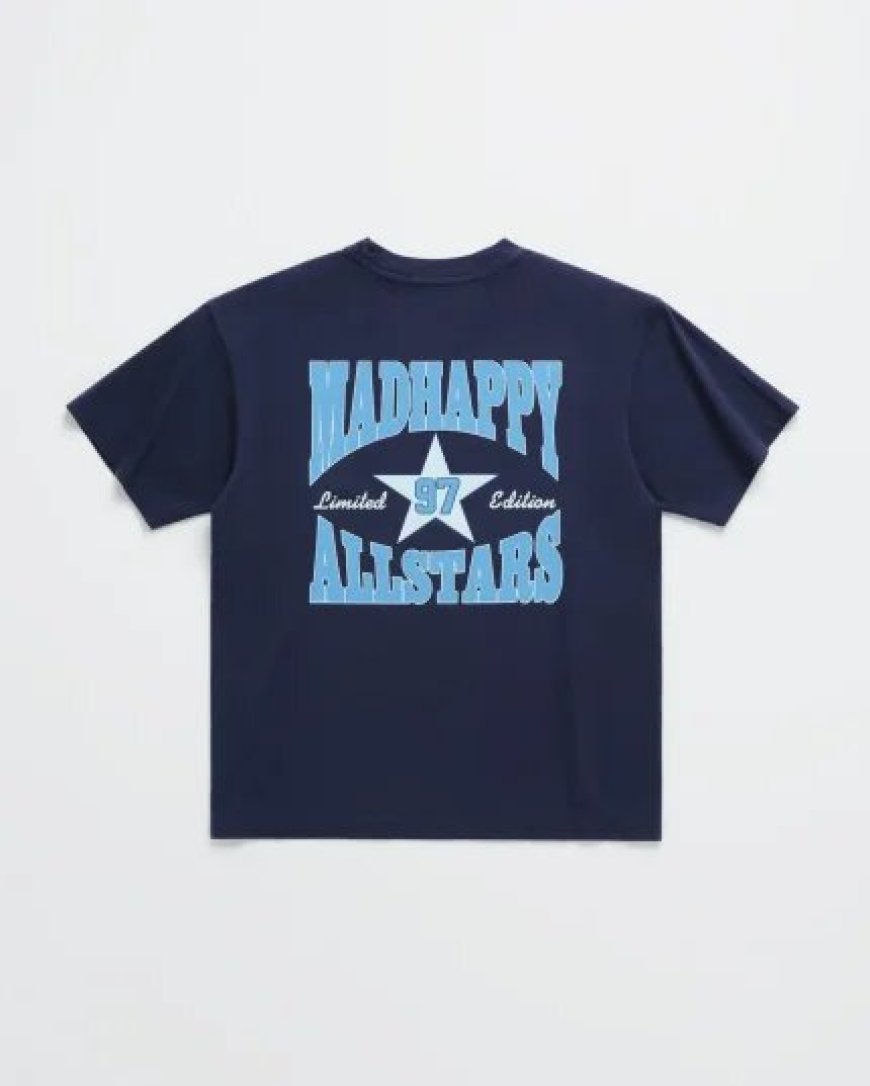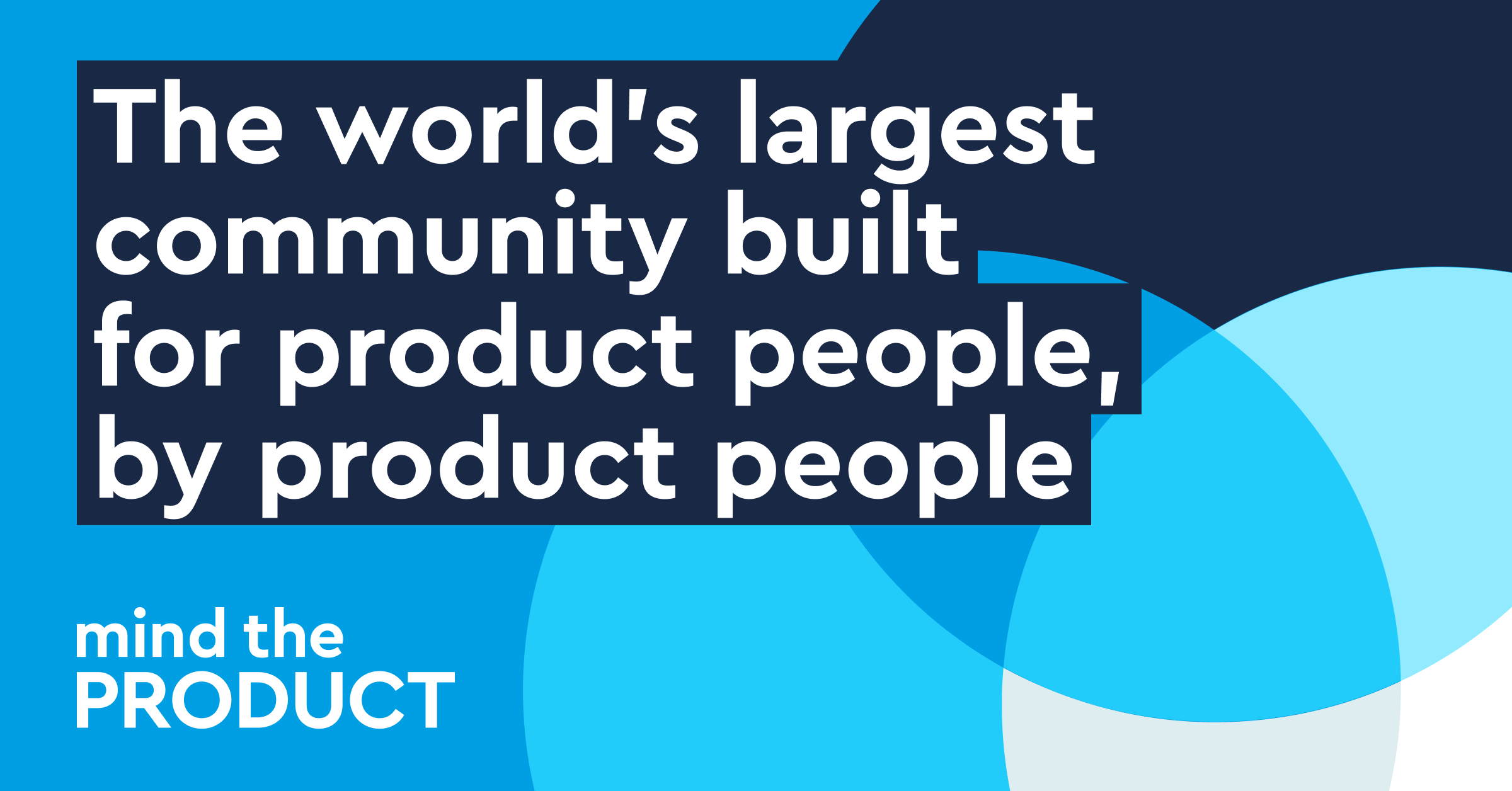The Madhappy Hoodie: More Than Just Streetwear — It’s a State of Mind
Madhappy hoodie

A Modern Emblem of Optimism
In a world increasingly characterized by chaos, anxiety, and rapid change, the Madhappy hoodie has emerged as a beacon of comfort and positivity. But it’s more than just a piece of clothing. It’s a manifesto stitched into cotton—an emblem of emotional awareness and mental well-being wrapped in the cozy silhouette of modern streetwear. Since its inception, Madhappy has positioned itself not only as a clothing brand but as a cultural movement that fosters conversation around mental health. Their hoodies are not just garments; they are wearable affirmations.
Founded in 2017 by Peiman Raf and a group of close friends in Los Angeles, Madhappy quickly transcended the usual life cycle of a startup apparel brand. While many streetwear labels rely heavily on hype and exclusivity, Madhappy took a different route. They rooted their brand in a message—one of hope, community, and mental wellness. The Madhappy hoodie became the flagship product of this vision. With its oversized fit, thick cotton fleece, and pastel palettes, the hoodie speaks directly to Gen Z and Millennials alike—demographics that crave both style and substance in equal measure.
Design That Comforts the Body and Soul
Let’s start with the physical attributes of the Madhappy hoodie. At first glance, it has the cozy, inviting appearance you’d expect from premium loungewear. But it’s the deliberate craftsmanship that sets it apart. Constructed with heavyweight cotton, often in the 450-500 GSM range, the hoodie is built to last. Its substantial feel provides an almost therapeutic weight—a sensory experience not unlike a weighted blanket, often used to soothe anxiety.
The hoodie’s design choices are minimal but intentional. You won’t find overly complex graphics or cluttered typography here. Instead, subtle branding, small "Madhappy" logos, and thoughtfully placed text like “Local Optimist” or “Mental Health Awareness” adorn the chest or sleeve. The simplicity allows wearers to project their own meaning onto the garment, making it more personal. Colorways range from tranquil pastels to deep, grounding earth tones—choices that mirror the brand's psychological ethos. Each hue seems chosen not just to please the eye, but to calm the spirit.
Madhappy also incorporates details like brushed fleece interiors, thick ribbed cuffs, and drop shoulders to ensure that the hoodie not only looks good but feels like an emotional support blanket you can wear. It's not trying to be loud. It's trying to speak softly—much like the kind of friend who offers quiet comfort when you're having a rough day.
Mental Health at the Core
Where most fashion brands stick to trends, Madhappy has staked its entire brand identity on mental health awareness. This isn't just a clever marketing angle—it’s a genuine, baked-in mission. Each hoodie often comes with tags or inserts that offer mental health tips, breathing exercises, or helpline resources. Through its collaborative efforts with The Madhappy Foundation, the brand donates a portion of proceeds toward mental health research and access. That means each purchase contributes to something larger than just a new wardrobe addition.
This integration of cause and commerce is rare in the fashion world. Most brands support causes during designated “campaign months,” often as performative marketing stunts. Madhappy, however, builds its product launches, social media messaging, and even retail experiences around ongoing mental wellness dialogue. The hoodie becomes a symbol of support—something you can wear to remind yourself and others that it’s okay to not be okay.
They've collaborated with mental health organizations like the Jed Foundation and The Trevor Project, working to make therapy more accessible and reduce the stigma surrounding emotional struggle. Every time someone puts on a Madhappy hoodie, they're quietly part of a growing community that prioritizes inner peace and honest self-expression.
Cult Appeal and Streetwear Status
While the hoodie’s mission is deeply emotional and altruistic, make no mistake—Madhappy has secured its place in the elite ranks of fashion culture. The hoodie is a staple on the backs of celebrities like Gigi Hadid, Justin Bieber, and LeBron James. Despite its wellness-oriented ethos, Madhappy has mastered the art of exclusivity, frequently dropping limited-edition colorways and collaborations that sell out in hours. This balance between accessibility and scarcity has given the hoodie a dual identity: one part streetwear essential, one part social statement.
In many ways, this is what makes the Madhappy hoodie so compelling. It doesn’t sacrifice cultural cachet for kindness. Instead, it merges the two. Wearing it tells the world you care about how you look and how you feel. It sends a signal that you're not afraid to talk about difficult emotions, but you still appreciate high-quality, stylish apparel. In the landscape of luxury and streetwear, this kind of balance is incredibly rare.
Moreover, Madhappy often integrates local culture into its releases. Pop-ups in cities like New York, Los Angeles, and Aspen come complete with mental health panel discussions, local artist features, and wellness-focused experiences. These events solidify the hoodie’s place not just as clothing, but as a social passport into a kinder, more introspective version of urban youth culture.
The Rise of Emotional Streetwear
The Madhappy hoodie didn’t just rise on its own; it surfed a new wave of emotional streetwear that’s gaining momentum. This genre blends the self-expressive power of fashion with the emotional transparency encouraged by today’s social landscape. Brands like Madhappy are at the forefront of this movement, turning formerly taboo topics like depression, anxiety, and self-doubt into points of connection rather than shame.
In this context, the Madhappy hoodie becomes a kind of emotional armor—not in the sense of hiding behind it, but in proudly displaying vulnerability. When someone wears a hoodie that says “Local Optimist” or features a patch about mental health awareness, it acts as a social green light: “You can talk to me. I get it.” This kind of subtle signaling is powerful in public spaces, creating unspoken solidarity among strangers.
Unlike the aggressive, logo-heavy hoodies of past streetwear eras, the Madhappy aesthetic leans toward softness—in tone, message, and material. This shift reflects a broader cultural desire for authenticity and emotional resonance. People no longer want to just flex for the ‘gram. They want to connect, to heal, and to feel understood. Madhappy garments help bridge that emotional divide.
The Price of Positivity
Of course, all this optimism comes at a price. The average Madhappy hoodie retails between $160 and $200, making it a luxury item for many. Critics argue that commodifying mental health in a high-cost garment creates a kind of emotional gatekeeping. Should it cost nearly $200 to wear your heart on your sleeve?
Madhappy has addressed these concerns by emphasizing their charitable donations and community engagement, but the debate remains. Still, many consumers feel that the cost is justified—not just by the quality of the product, but by the message it carries. It’s not just about owning a hoodie. It’s about investing in a mindset, supporting a mission, and participating in a dialogue that urgently needs more voices.
And let’s be honest: in a culture flooded with fast fashion and empty slogans, paying a premium for a hoodie that promotes mental health and actually supports resources for it feels refreshingly justified. If that same hoodie becomes a catalyst for open conversations among friends or strangers, its value goes beyond the material.
Madhappy in the Digital Age
Madhappy’s rise is also deeply intertwined with digital culture. Their social media presence, email newsletters, and content marketing are designed with the same emotional intelligence found in their products. Instead of promoting scarcity or fear of missing out (FOMO), their messaging encourages presence, mindfulness, and intention.
Instagram posts often feature affirmations, meditative imagery, or community spotlights. The Madhappy blog includes journal entries from team members, mental health experts, and fans alike. It’s a brand that values storytelling, not just sales. That’s why each drop feels like a chapter in a longer narrative rather than a one-off cash grab. The hoodie, then, is both a product and a portal—a doorway into a larger ecosystem of mental wellness advocacy.
Digital natives resonate with this. It’s fashion that speaks their language, in mediums they understand, with a purpose they believe in. Every repost of a hoodie selfie is not just a flex but a flag—a way to signal alignment with the values of kindness, vulnerability, and introspection.
A Hoodie for the Heart
In a culture where most streetwear tells you to “hustle harder” or “get rich or die trying,” the Madhappy hoodie whispers something radically different: Be gentle with yourself. That shift may seem small, but in today’s world, it’s nothing short of revolutionary.
Madhappy’s hoodie isn’t just about comfort or style. It’s about resonance. It resonates with a generation that feels more pressure, more emotional volatility, and more existential questioning than perhaps any before. It doesn’t claim to have all the answers, but it offers a reminder that you’re not alone—and sometimes, that’s enough.
The Madhappy hoodie is proof that clothing can be more than a fashion statement. It can be a friend, a therapist, a badge of honor, or a hand reaching out in solidarity. And in an age where everyone is searching for meaning, that’s the kind of hoodie worth putting on.


















































































































































